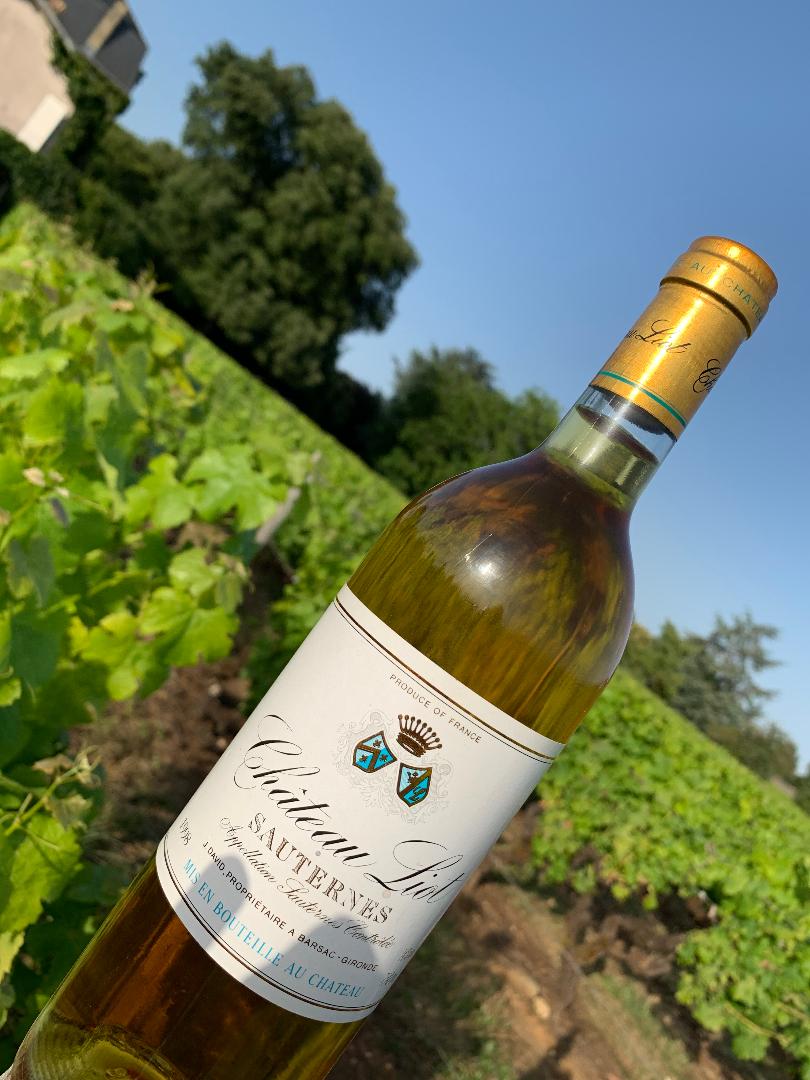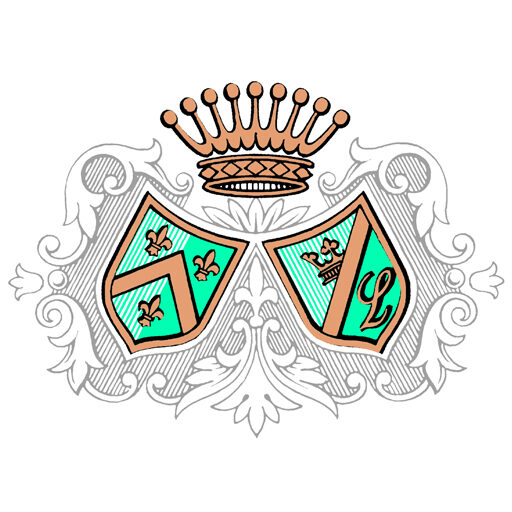
A Région – A Land
A Land
Only the wines produced by the communes of Sauternes, Fargues, Bommes, Preignac and Barsac have the right to bear the prestigious name of Sauternes, but the winegrowers of Barsac can declare their harvests under the name of Sauternes or Barsac indifferently.
To bear the name “Sauternes”, these wines must meet the strict conditions set out in the AOC decree concerning the place of production (the five communes mentioned above), the authorized grape varieties (Semillon, Sauvignon and Muscadelle).
a maximum yield per hectare (25 hectoliters/hectare), the minimum degree of alcohol, the alcohol-sugar balance and the harvesting conditions (manual harvest only).


Accreditation
Each year an approval tasting is held on an average sample from each winery. At the end of this tasting, the Sauternes appellation is given or refused to the production submitted for approval.
The Sauternes vineyard, also called Sauternes vineyard is a region of the Bordeaux vineyard.
It includes the Sauternes and Barsac appellations, covering an area of 2,000 hectares, includes 240 producers and gives rise to an average production of 5 to 6 million bottles per year.
A Region
Sauternais is laid down on asteriated limestone, largely covered by alluvial deposits forming terraces with gentle slopes.
On the banks of the Garonne in Barsac and Preignac, some plots are planted on post-Würm alluvium (name given to the last glacial period of the Pleistocene in the Alps) known as “palus clay”, but the vineyard starts on the low terrace (between the D 113 and the railroad) dating from the Riss (Middle Pleistocene), with the limestone twelve meters below.
In Barsac and along the banks of the Ciron, erosion has brought out the Asteria and Archiacine limestone, locally called “Saint-Macaire limestone”, dating from the Stampian (Upper Oligocene), covered by a thin layer of silt and sand.
The south of Preignac as well as the north of Bommes, Sauternes and Fargues are on the middle terrace dating from the Mindel (Lower Pleistocene), formed of feldspathic clayey sands, with gravels and pebbles covered with silts (Suduiraut, the lower part of Yquem, Sigalas-Rabaud, etc. are located there).
Finally, the southern part of Sauternes is on the high terrace dating from the Günz (lower Pleistocene) formed of sands and gravels in a yellowish clay matrix (Rieussec, Guiraud, Filhot and haut d’Yquem).

